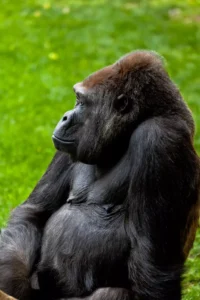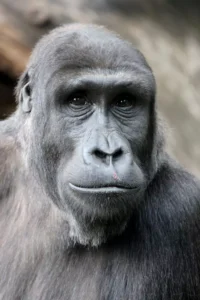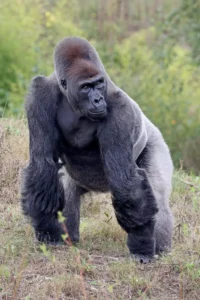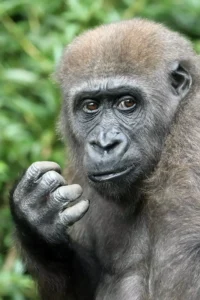A Deep Dive into the Mating Habits of Gorillas
Gorillas, the majestic ground-dwelling apes of East and Central Africa, have always fascinated us with their close genetic ties to humans. Sharing about 98% of our DNA, these herbivores live in complex social groups and exhibit intricate mating behaviors. In this article, we'll delve into the world of gorilla mating, shedding light on their reproductive cycles, courtship rituals, and more.
Key Takeaways:
- Gorillas mate throughout the year.
- Female gorillas initiate the mating process.
- The dominant silverback has exclusive mating rights within the group.
- Mating habits can vary between gorilla subspecies.
- Courtship and reproduction are vital for the survival of the species.
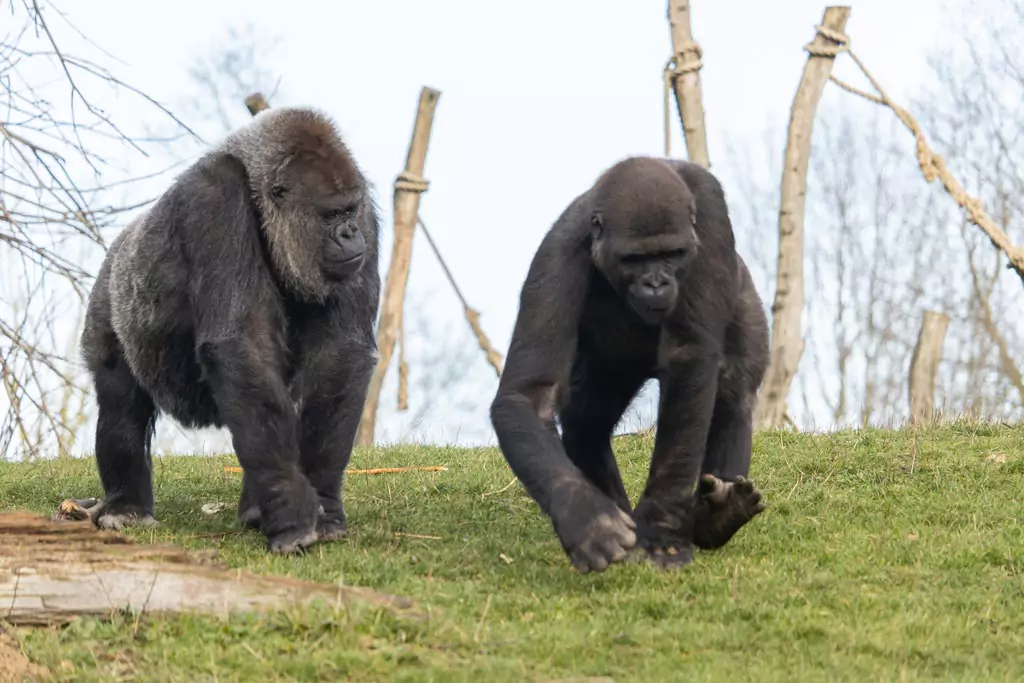
Gorilla Social Structure and Mating Dynamics
Gorillas live in groups of up to 30 individuals, typically comprising one dominant male silverback, other males, juveniles, females, and their young. The dominant silverback maintains order within the group, deciding daily activities and ensuring the group's safety from threats like predators and rival males. Interestingly, interactions with other gorilla groups are rare, except in the case of western lowland gorillas.
Mating and Reproduction
Understanding gorilla mating habits is essential for comprehending the evolution and behavior of our own species. Female gorillas reach sexual maturity around 10 to 12 years of age, although ovulation starts earlier, around 6 years. However, they remain infertile until they fully mature.
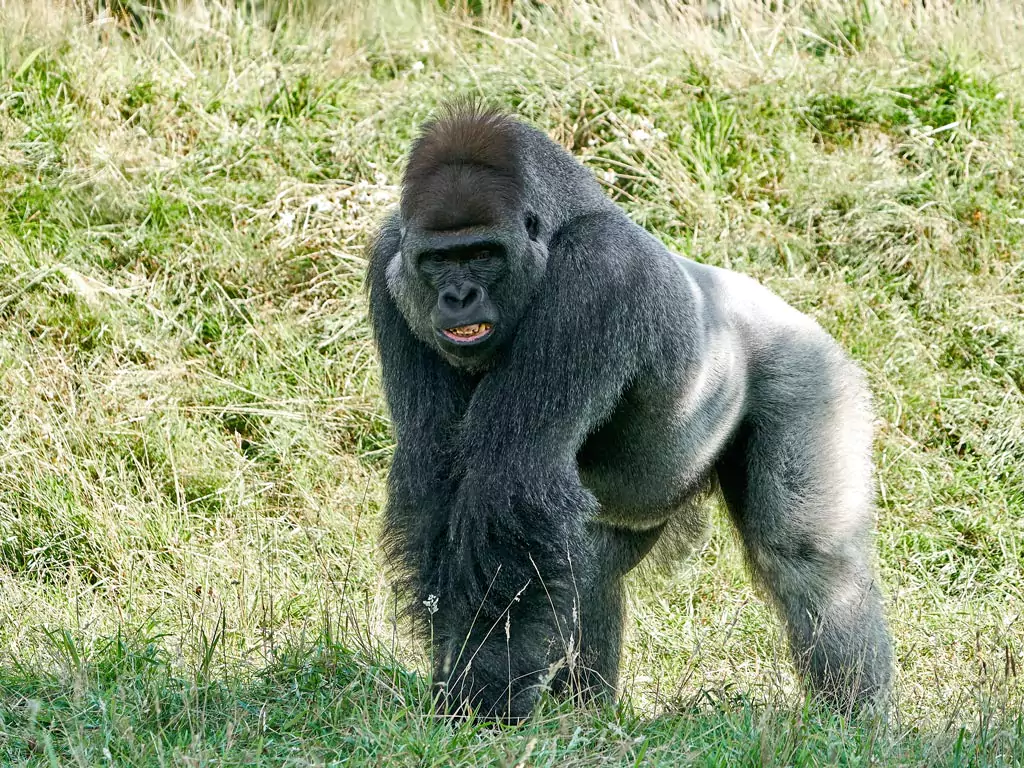
The dominant silverback enjoys exclusive mating rights with the females in his group. When females are ready to mate, they approach the silverback, making sustained eye contact and pursing their lips. If the silverback doesn't respond, the female might slap the ground to get his attention. In some cases, if the dominant male doesn't react, the female might consider mating with other males in the group.
Courtship and Reproduction
Successful mating results in a gestation period of approximately 8.5 months for the female gorilla. Typically, a female gorilla gives birth every four years. The bond between mother and infant is strong, with the mother providing all care and the silverback ensuring the infant's acceptance within the group.
Infant mortality is high among gorillas, with many not reaching adulthood. This high mortality rate is partly due to their dependence on their mothers for an extended period. Changes in group dynamics, especially the arrival or takeover of a new silverback, can be detrimental to nursing infants, as the new dominant male might kill them to mate with the females.
Gorilla Mating Across Subspecies
Mating habits can differ among gorilla subspecies. For instance, while the dominant silverback in all subspecies prefers mating with older, experienced mothers, western gorilla males tend to mate with every female in the group, regardless of their fertility. In contrast, mountain gorilla silverbacks prefer to mate only with fertile females.
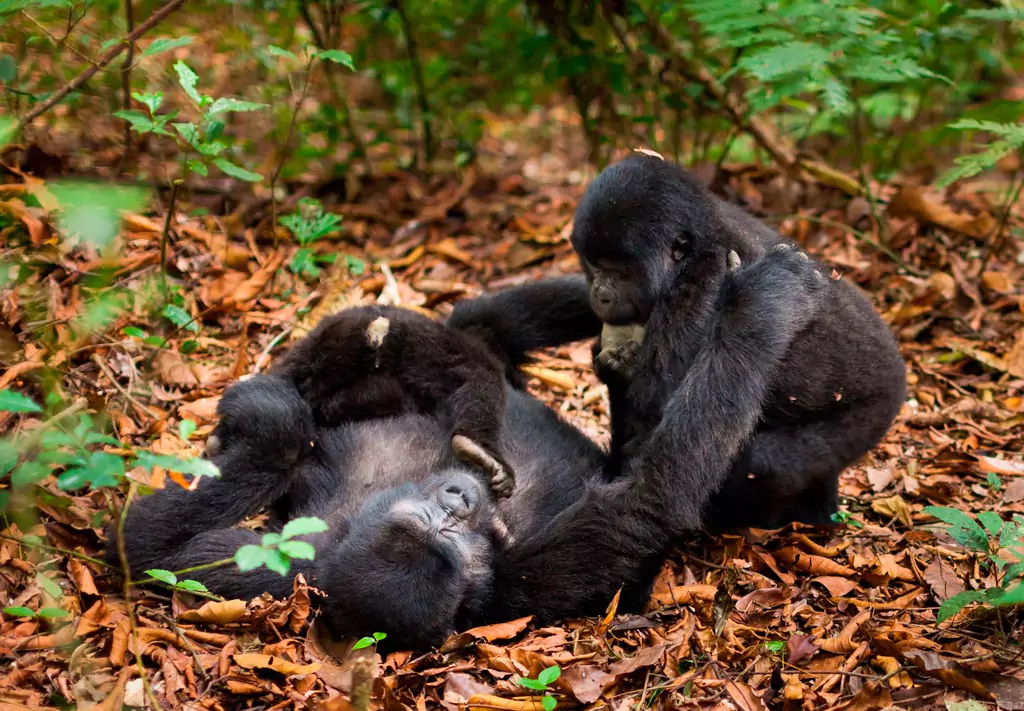
Tables with Relevant Facts
| Fact | Detail |
|---|---|
| Gestation Period | 8.5 months |
| Maturity Age for Females | 10-12 years |
| Average Birth Interval | Every 4 years |
| Infant Mortality Rate | High; many don't reach adulthood |
This deep dive into gorilla mating habits offers a glimpse into the complex world of one of our closest relatives. By understanding their behaviors, we can gain insights into our own evolutionary history and the intricate dance of courtship and reproduction that sustains life on our planet.
Gorilla Mating Rituals and Behaviors
Gorilla mating is a fascinating subject that provides insights into their behavior, social structure, and conservation efforts. Understanding gorilla mating is crucial for researchers as it aids in comprehending gorilla society and behavior. It also plays a significant role in conservation efforts, revealing the evolutionary history of gorillas and their genetic diversity. By studying mating, we can gain insights into male dominance, courtship rituals, and breeding behaviors. Such knowledge helps us understand what drives evolution and species survival. For instance, a unique story from Uganda tells of a silverback named Rafiki who showed compassion for an injured female during their mating, highlighting the emotional capabilities of gorillas.
MECE Framework and its Application in Gorilla Mating
The MECE Framework, which stands for Mutually Exclusive, Collectively Exhaustive, is a powerful tool used for problem-solving and analysis in various fields. It ensures that all elements are covered without overlap. In the context of gorilla mating, the MECE Framework can be applied to divide the complex behaviors and rituals of gorillas into distinct categories, allowing for a more in-depth understanding.
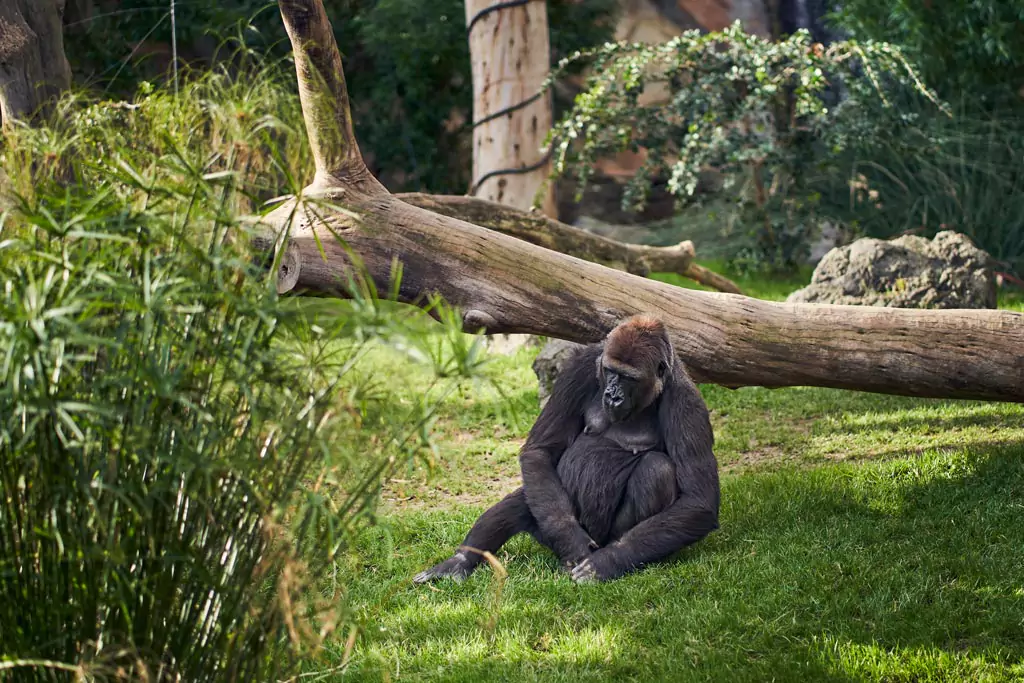
Key Takeaways
- Gorillas mate through a process called copulation.
- Female gorillas typically initiate the mating process.
- Male gorillas play a dominant role in mating and may compete with other males for access to females.
- The mating process in gorillas is relatively quick.
- Female gorillas experience a gestation period of approximately 8.5 months before giving birth.
- Gorilla mating behaviors can vary among different species and populations.
How Gorillas Compete for Mates
Male gorillas employ various strategies to compete for mates. These include displays of strength, posturing, vocalizations, and maintaining a social position. To demonstrate their dominance, they beat their chests, stand upright on two legs, and produce loud calls. Social position is also crucial, with the dominant male having exclusive breeding rights. Patience and perseverance are essential traits for male gorillas looking to secure a mate.
The Role of Dominance in Gorilla Mating
Gorillas have a strict social structure based on dominance. The dominant male, known as the silverback, is the alpha of the group and has exclusive mating rights with the females. To establish dominance, silverbacks display behaviors such as chest beating and vocalizing. They also protect their group from threats and ensure the welfare of all its members.
Interactions with Females from Other Groups
Gorillas exhibit intriguing behaviors when interacting with females from other groups. Dominant males have a better chance of mating, while subordinate males use sneaky tactics to secure a mate. Females play an active role in selecting their mate, adding complexity to gorilla social structures.
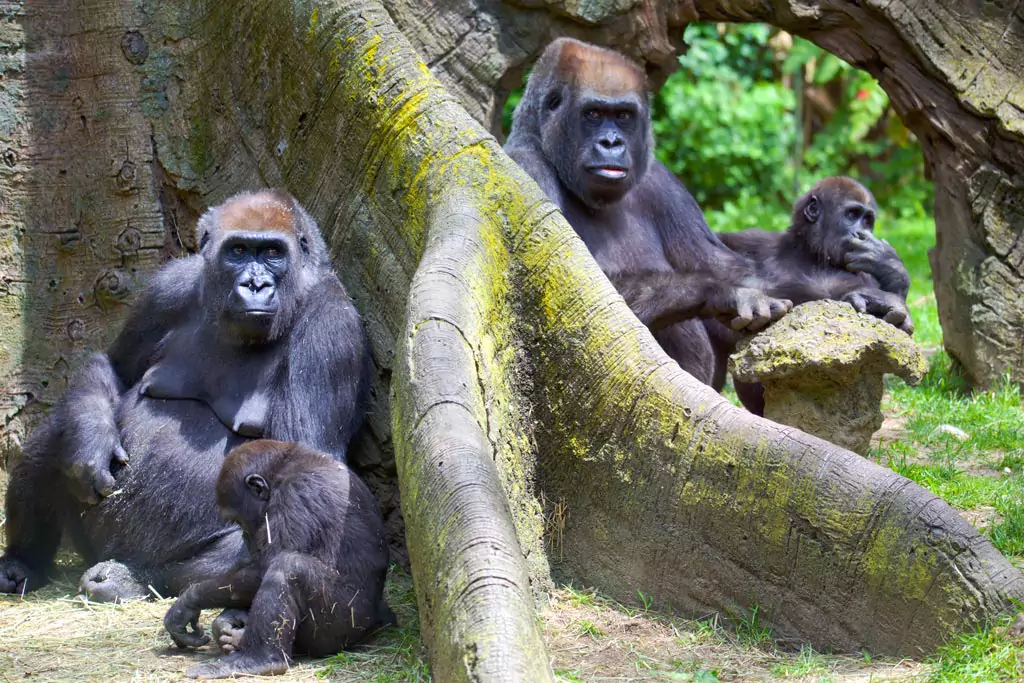
The Life Cycle and Reproduction of Gorillas
Understanding the life cycle and reproduction of gorillas is essential for their conservation. Female gorillas reach sexual maturity between 8 and 10 years old, while males mature between 11 and 13. The reproductive cycle of female gorillas involves an ovulatory phase, followed by a luteal phase. Gorillas have a gestation period of 8.5 months, after which the female gives birth. The infant mortality rate in gorillas is influenced by the social dynamics within their groups, with cohesive groups offering better protection for the young.
Conservation and the Future of Gorilla Mating
Gorilla populations face various threats, including habitat loss, poaching, and disease outbreaks. These threats impact their mating patterns and lower genetic diversity. Efforts to protect gorillas and their habitat include strict anti-poaching measures, the establishment of protected areas, and community-based conservation. Additionally, understanding gorilla mating in captivity has implications for their conservation, as it aids breeding programs that help protect these magnificent creatures.

